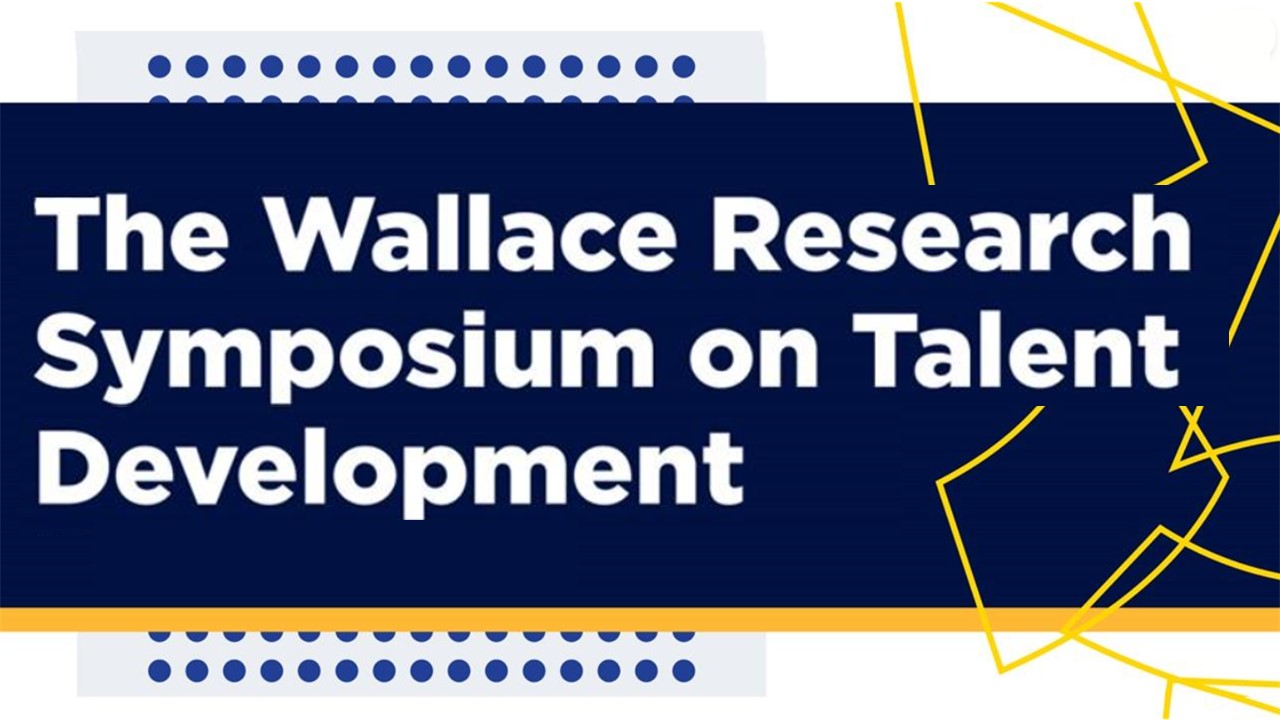
Poster Presentation 5 — Public Education and Historically Underserved Gifted Students: Still Forgotten? — Hernán Castillo-Hermosilla, Yuxiao Zhang, & Nielsen Pereira
Monday, May 20, 2024, 5:00 – 7:00 pm, Student Union Ballroom, Rooms 330/331
Public schools in the US have been frequently criticized for their inequities when identifying students for gifted services. What biases are currently present in recently implemented identification processes? Data from 948 public school students were used to look at the effects of socioeconomic status (Free And Reduced Meal status: FARM), participation in special education services, gender, ethnicity, and ELL status. A Logistic Regression (LR) analysis was run to identify the extent to which those variables influenced identification processes. The LR model was statistically significant, α(5)=51.33, p<.001. Non-FARM students were 3.01 times more likely to be identified as gifted than FARM students (W(1)=20.65, p<.001). Students without special needs were 3.60 times more likely to be identified than their counterparts (W(1)=11.34, p<.001). Student gender, ethnicity, and ELL status did not have significant effects on their potential GT identification. Implications of these results for gifted education identification practices and policy are discussed to promote more equitable processes in identifying: (1) gifted learners from economically-disadvantaged backgrounds and (2) twice-exceptional students.